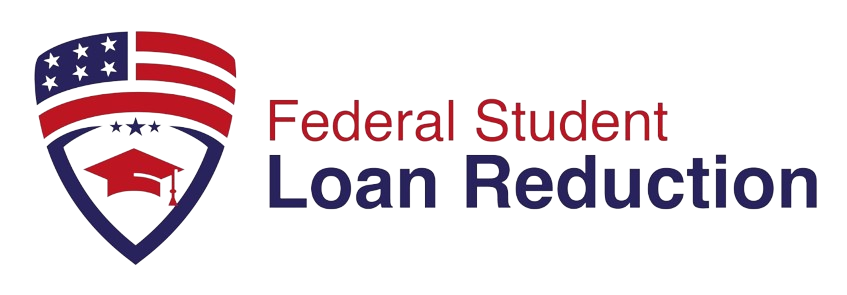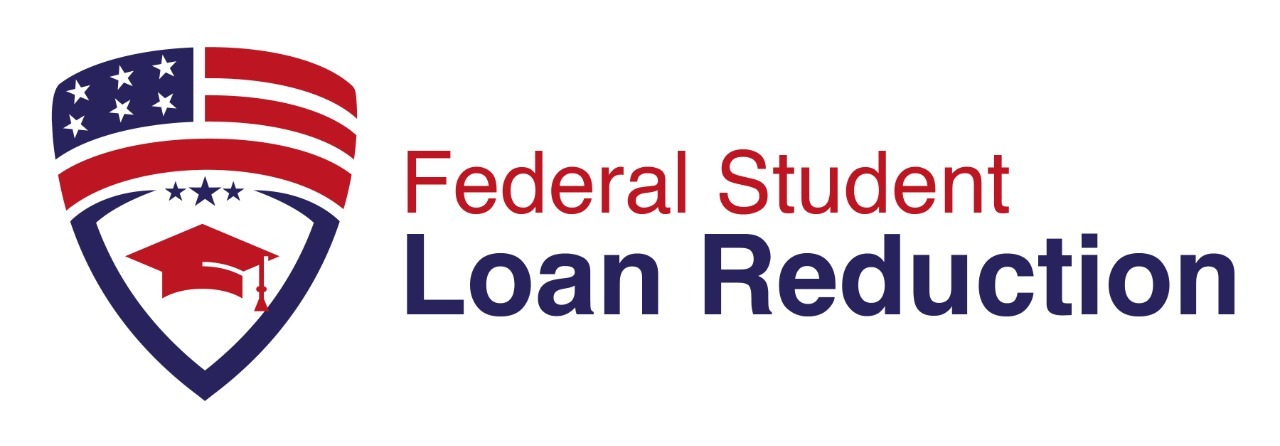Blog

Understanding Current Student Loan Interest Rates in 2024
Understanding Current Student Loan Interest Rates in 2024
Navigating student loan interest rates can be daunting, but understanding the current rates is crucial for effective financial planning. As of July 2024, there have been notable changes in both federal and private student loan interest rates.
Federal Student Loan Rates
Federal student loans typically offer lower interest rates compared to private loans and come with various borrower protections and repayment options. For the academic year 2024-2025, the new federal student loan interest rates are as follows:
Undergraduate Direct Stafford Loans: 6.533%, up from 5.498% in the previous year.
Graduate Direct Stafford Loans: 8.083%, up from 7.048%.
Parent PLUS and Graduate PLUS Loans: 9.083%, up from 8.048% (The College Investor) (NerdWallet: Finance smarter).
These rates are determined annually based on the high yield of the 10-year Treasury note auction in May, plus a fixed increase (LendEDU). The increase in rates means higher monthly payments for new borrowers, affecting budgeting and long-term financial planning.
Private Student Loan Rates
Private student loans are another option for funding education, especially when federal loans do not cover all costs. Interest rates for private loans can vary significantly based on the lender, the borrower's credit score, and whether the interest rate is fixed or variable. As of July 2024:
Variable Rates: Typically range from about 5.5% to 18%.
Fixed Rates: Range from approximately 4.5% to 16.5% (Investopedia).
Different lenders offer various terms and benefits. For instance, College Ave and Earnest are known for competitive rates and flexible repayment options. College Ave offers loans with terms of 5, 8, 10, or 15 years and covers up to 100% of the cost of attendance (The College Investor). Earnest provides a nine-month grace period after graduation, longer than the typical six months (The College Investor).
Impact of Rising Interest Rates
The rise in federal student loan interest rates has a direct impact on monthly repayment amounts. For example, an undergraduate borrower taking out a $10,000 loan will see their monthly payment increase from approximately $108.52 to $113.72, assuming a 10-year repayment term (The College Investor). This increase, though seemingly small, can add up over time and affect overall financial health.
Key Considerations
When choosing between federal and private student loans, consider the following:
Federal Loans: Generally have lower interest rates and offer more flexible repayment options, including income-driven repayment plans and potential loan forgiveness.
Private Loans: May offer lower initial rates for those with excellent credit but lack the same level of borrower protections.
Staying informed about current student loan interest rates and understanding how they are set can help borrowers make educated decisions about financing their education.
Blog

Understanding Current Student Loan Interest Rates in 2024
Understanding Current Student Loan Interest Rates in 2024
Navigating student loan interest rates can be daunting, but understanding the current rates is crucial for effective financial planning. As of July 2024, there have been notable changes in both federal and private student loan interest rates.
Federal Student Loan Rates
Federal student loans typically offer lower interest rates compared to private loans and come with various borrower protections and repayment options. For the academic year 2024-2025, the new federal student loan interest rates are as follows:
Undergraduate Direct Stafford Loans: 6.533%, up from 5.498% in the previous year.
Graduate Direct Stafford Loans: 8.083%, up from 7.048%.
Parent PLUS and Graduate PLUS Loans: 9.083%, up from 8.048% (The College Investor) (NerdWallet: Finance smarter).
These rates are determined annually based on the high yield of the 10-year Treasury note auction in May, plus a fixed increase (LendEDU). The increase in rates means higher monthly payments for new borrowers, affecting budgeting and long-term financial planning.
Private Student Loan Rates
Private student loans are another option for funding education, especially when federal loans do not cover all costs. Interest rates for private loans can vary significantly based on the lender, the borrower's credit score, and whether the interest rate is fixed or variable. As of July 2024:
Variable Rates: Typically range from about 5.5% to 18%.
Fixed Rates: Range from approximately 4.5% to 16.5% (Investopedia).
Different lenders offer various terms and benefits. For instance, College Ave and Earnest are known for competitive rates and flexible repayment options. College Ave offers loans with terms of 5, 8, 10, or 15 years and covers up to 100% of the cost of attendance (The College Investor). Earnest provides a nine-month grace period after graduation, longer than the typical six months (The College Investor).
Impact of Rising Interest Rates
The rise in federal student loan interest rates has a direct impact on monthly repayment amounts. For example, an undergraduate borrower taking out a $10,000 loan will see their monthly payment increase from approximately $108.52 to $113.72, assuming a 10-year repayment term (The College Investor). This increase, though seemingly small, can add up over time and affect overall financial health.
Key Considerations
When choosing between federal and private student loans, consider the following:
Federal Loans: Generally have lower interest rates and offer more flexible repayment options, including income-driven repayment plans and potential loan forgiveness.
Private Loans: May offer lower initial rates for those with excellent credit but lack the same level of borrower protections.
Staying informed about current student loan interest rates and understanding how they are set can help borrowers make educated decisions about financing their education.
Contact Us
Contact Us
Have Questions or Need Assistance? Our Team Is Ready to Support You
Disclaimer
Similar to how your accountant works for you on your taxes and not for the IRS or a collection agency, Federal Student Loan Reduction is in no way affiliated with the Department of Education or your Student Loan Servicer, and is not a collection agency.
Federal Student Loan Reduction is in no way sponsored, endorsed, administered by, or associated with Facebook. This offer is fully compliant with Facebook Advertising policies which state, "ads promoting student loan services must be targeted to people 18 years or older. Ads must not promote misleading or deceptive services related to student loan consolidation, forgiveness, or refinancing."
© Copyright 2024 • Federal Student Loan Reduction


